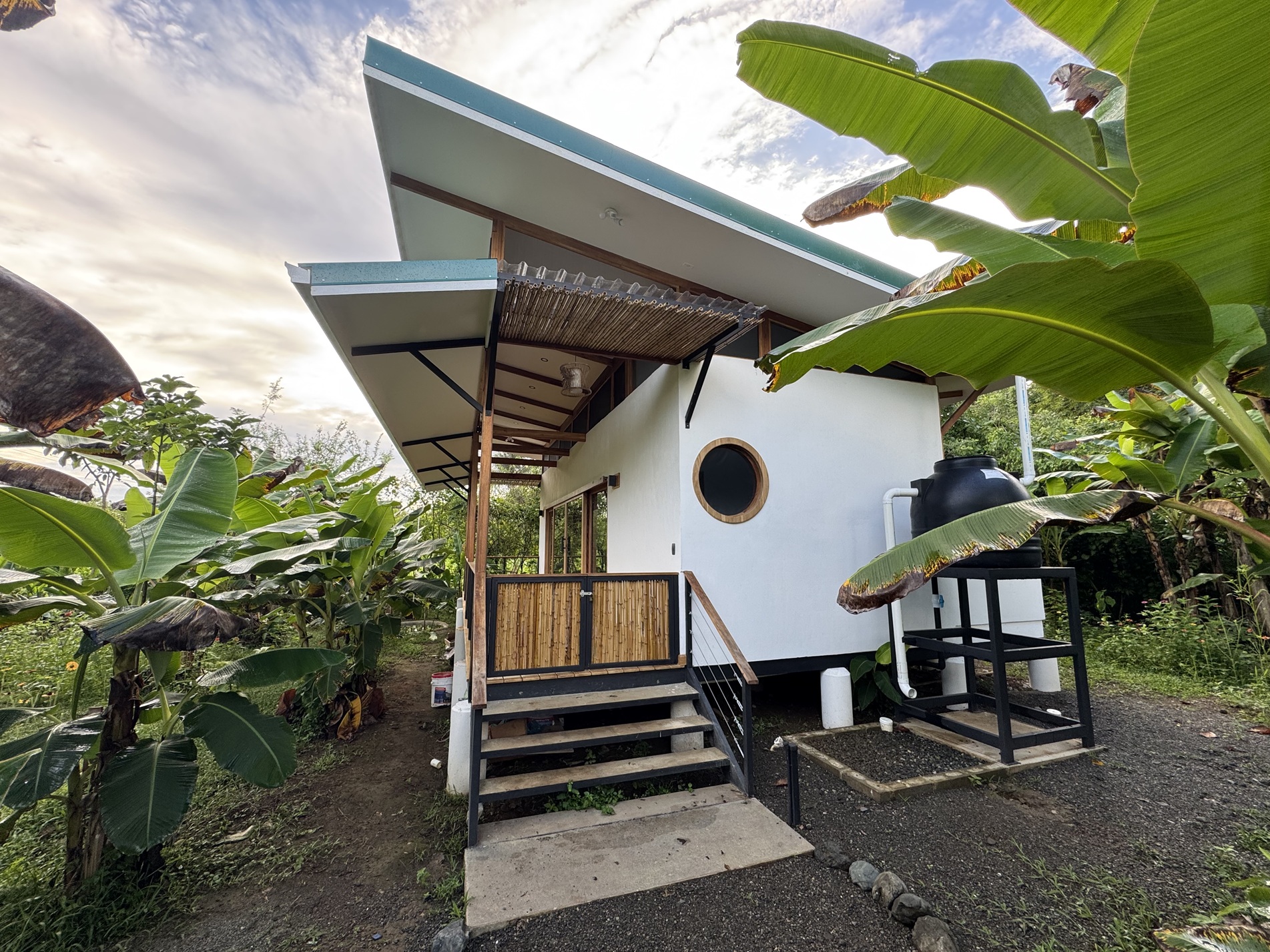

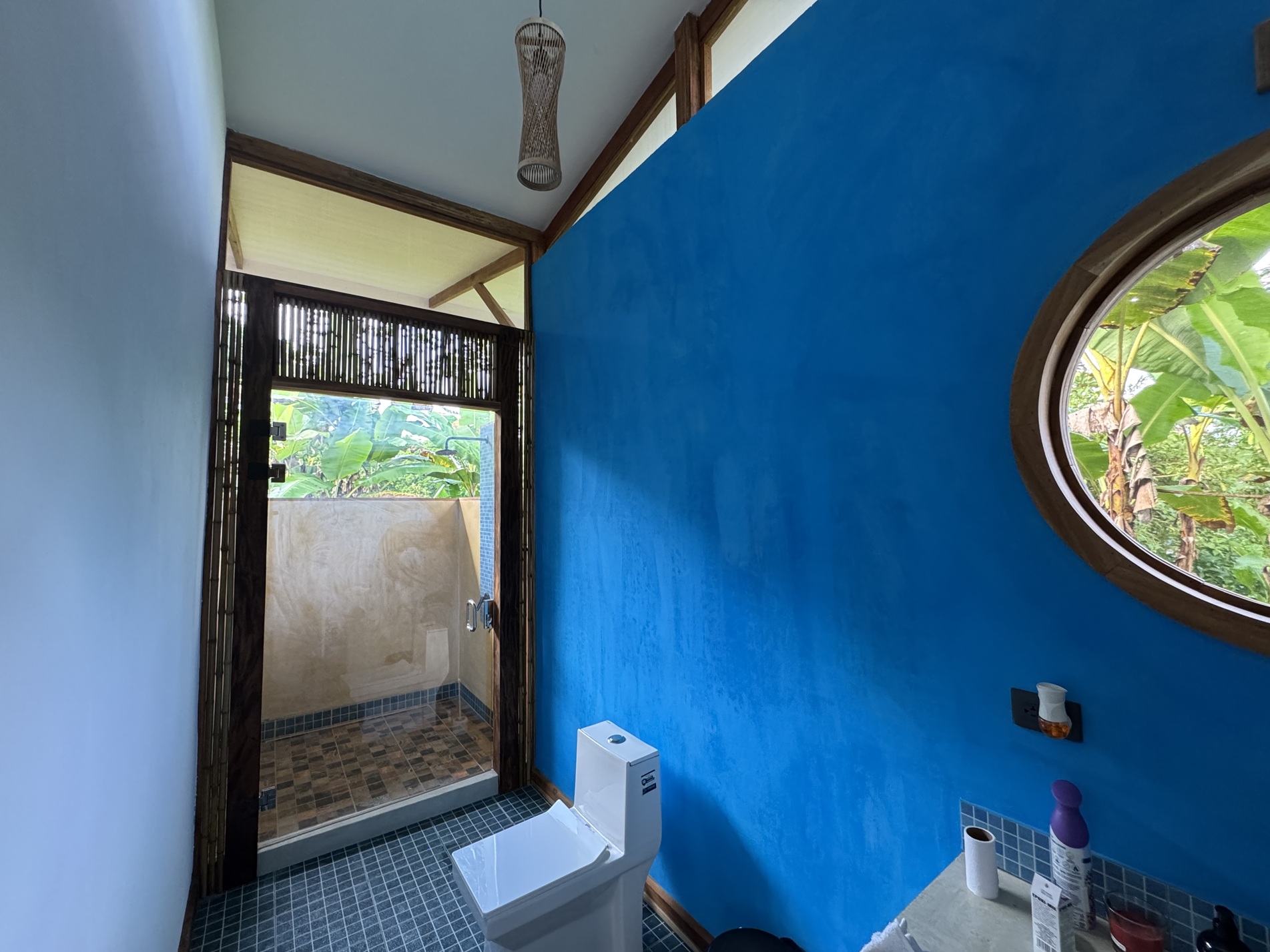
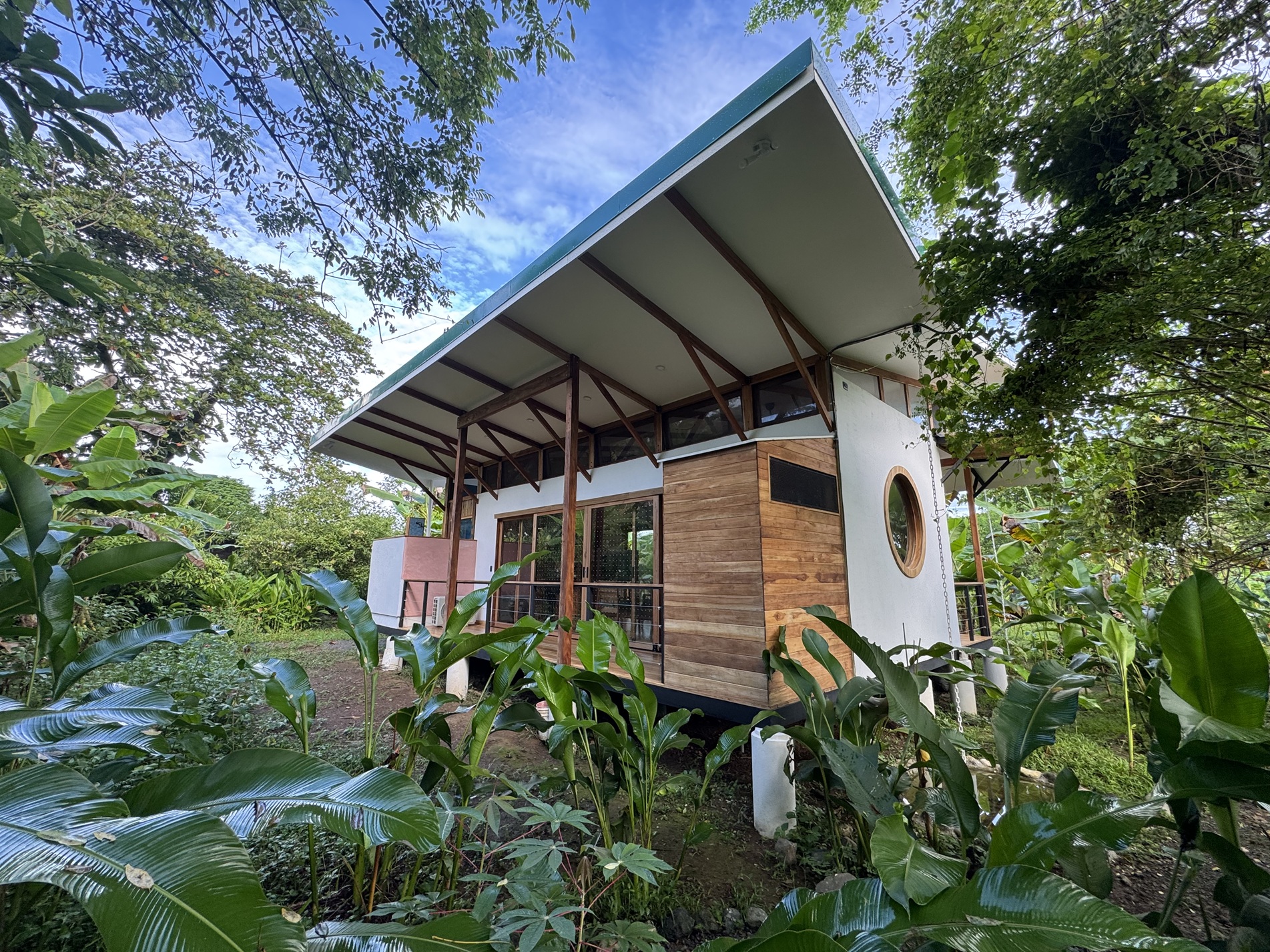
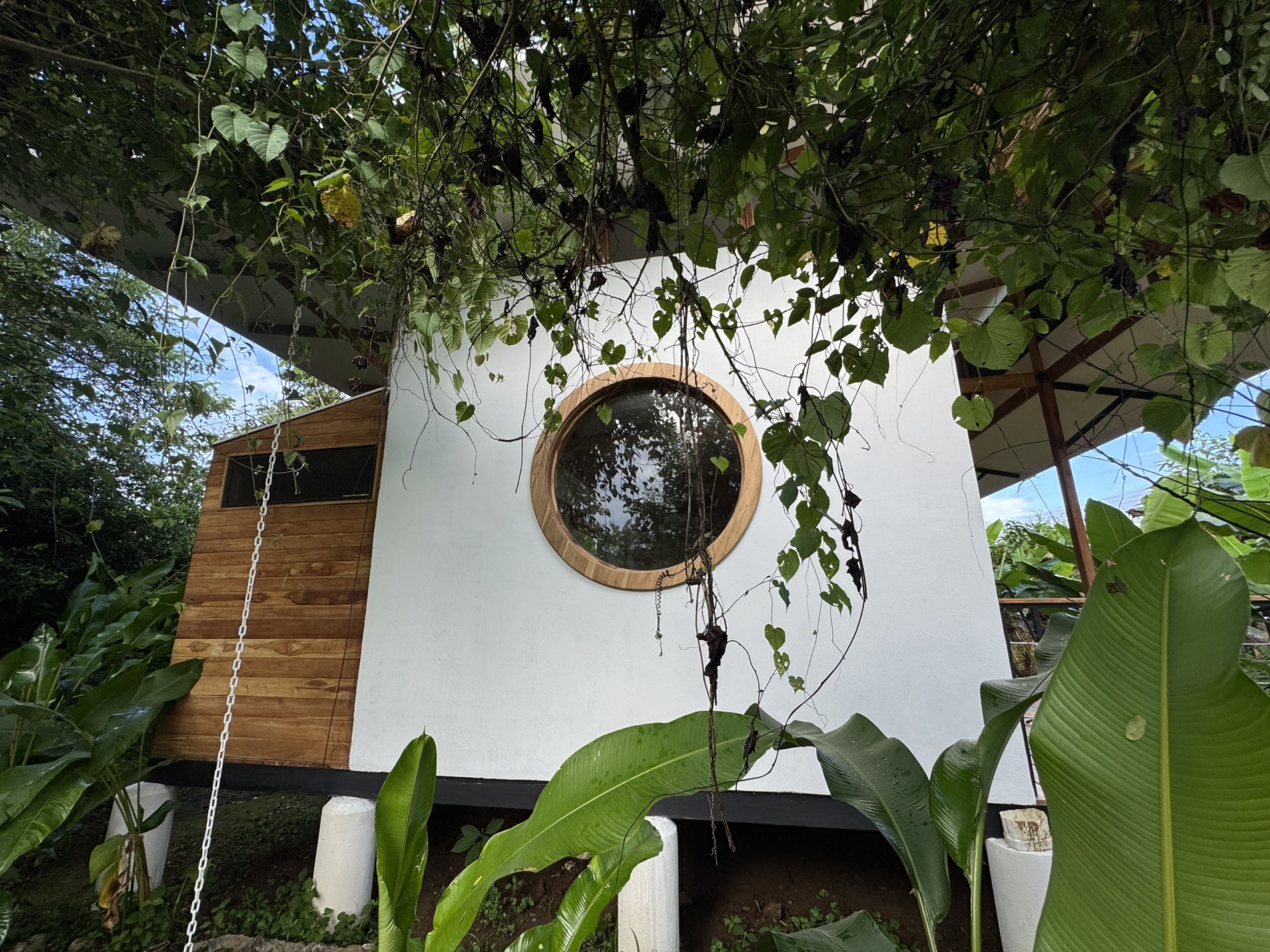
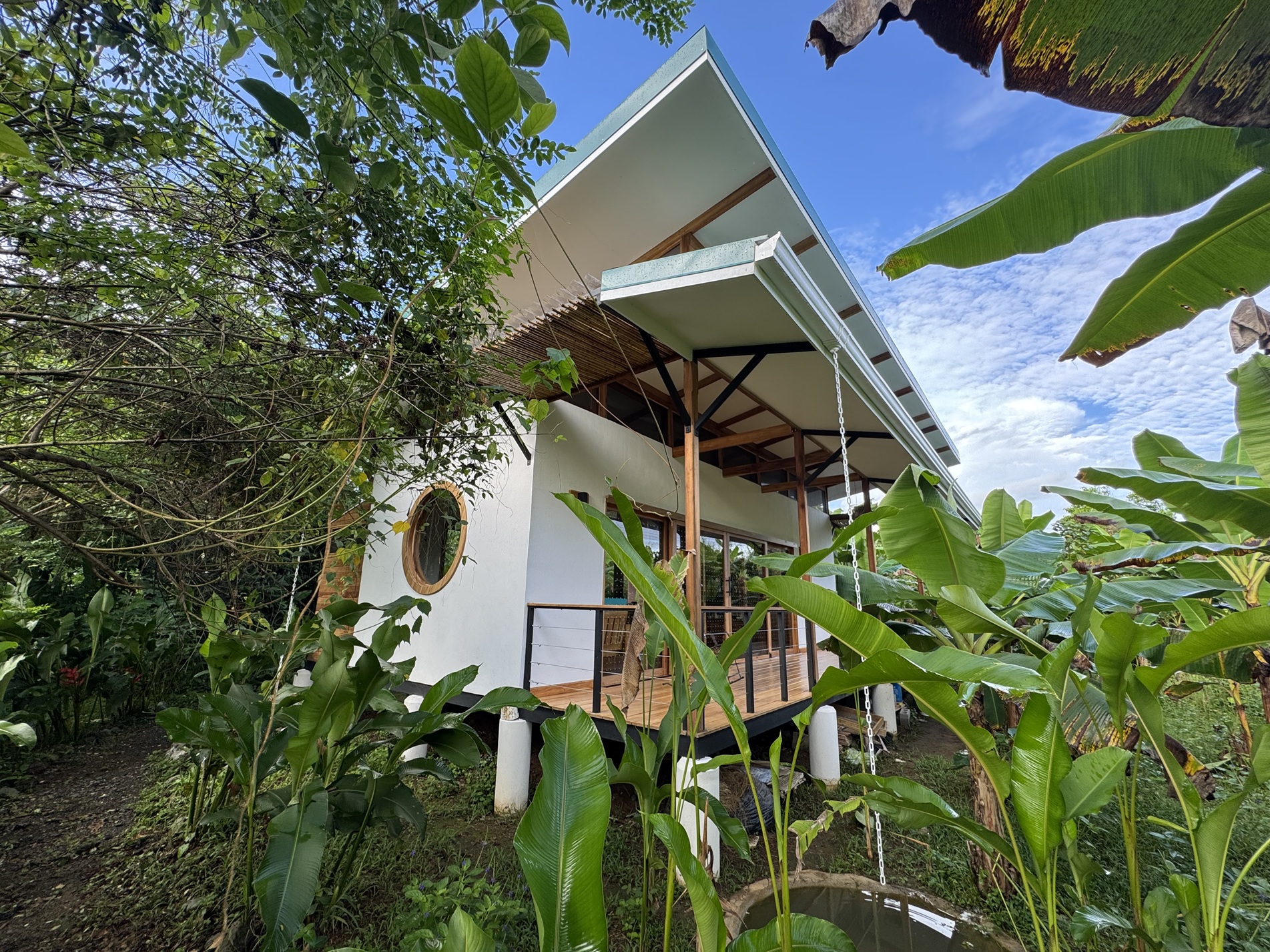
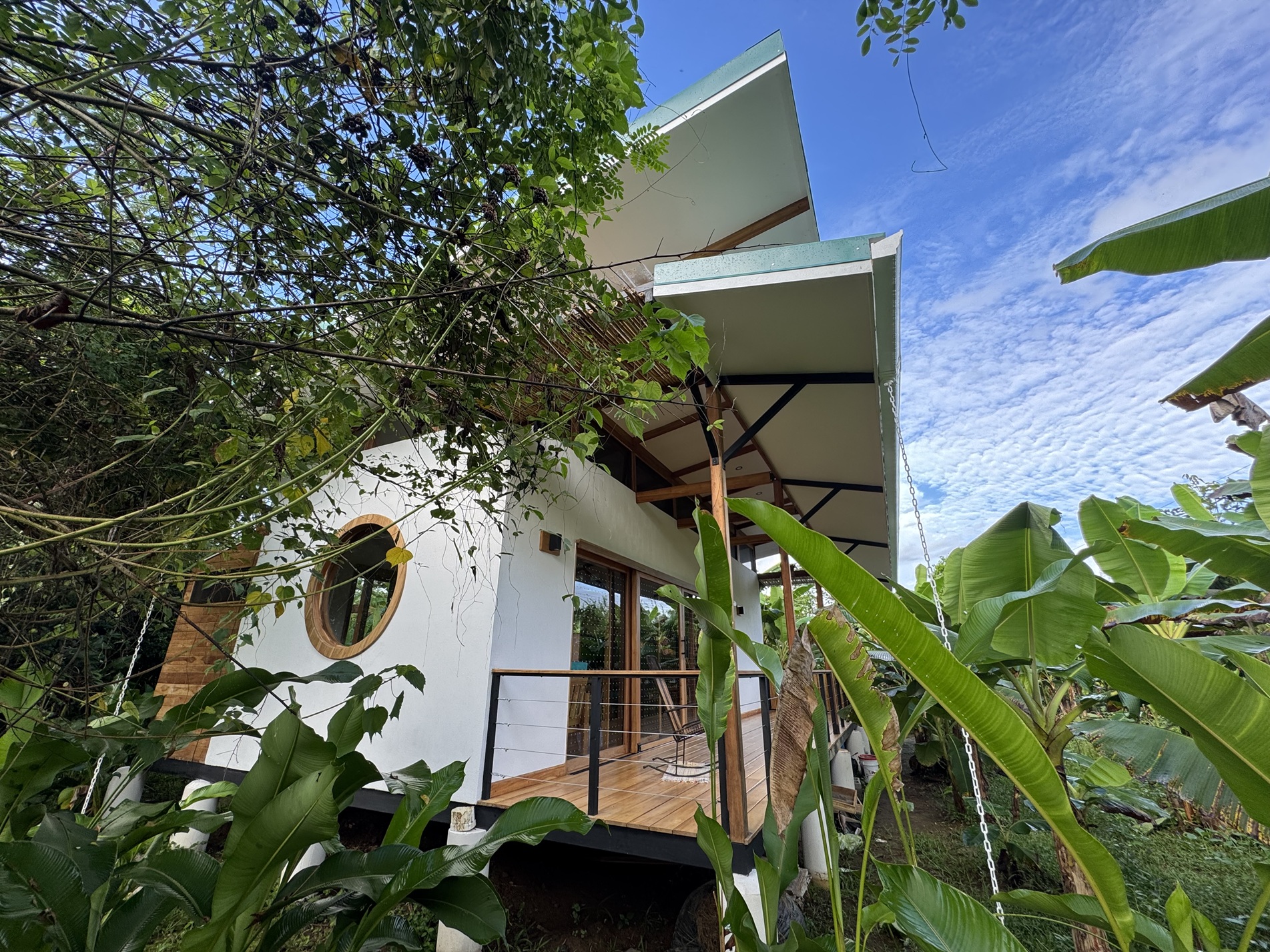
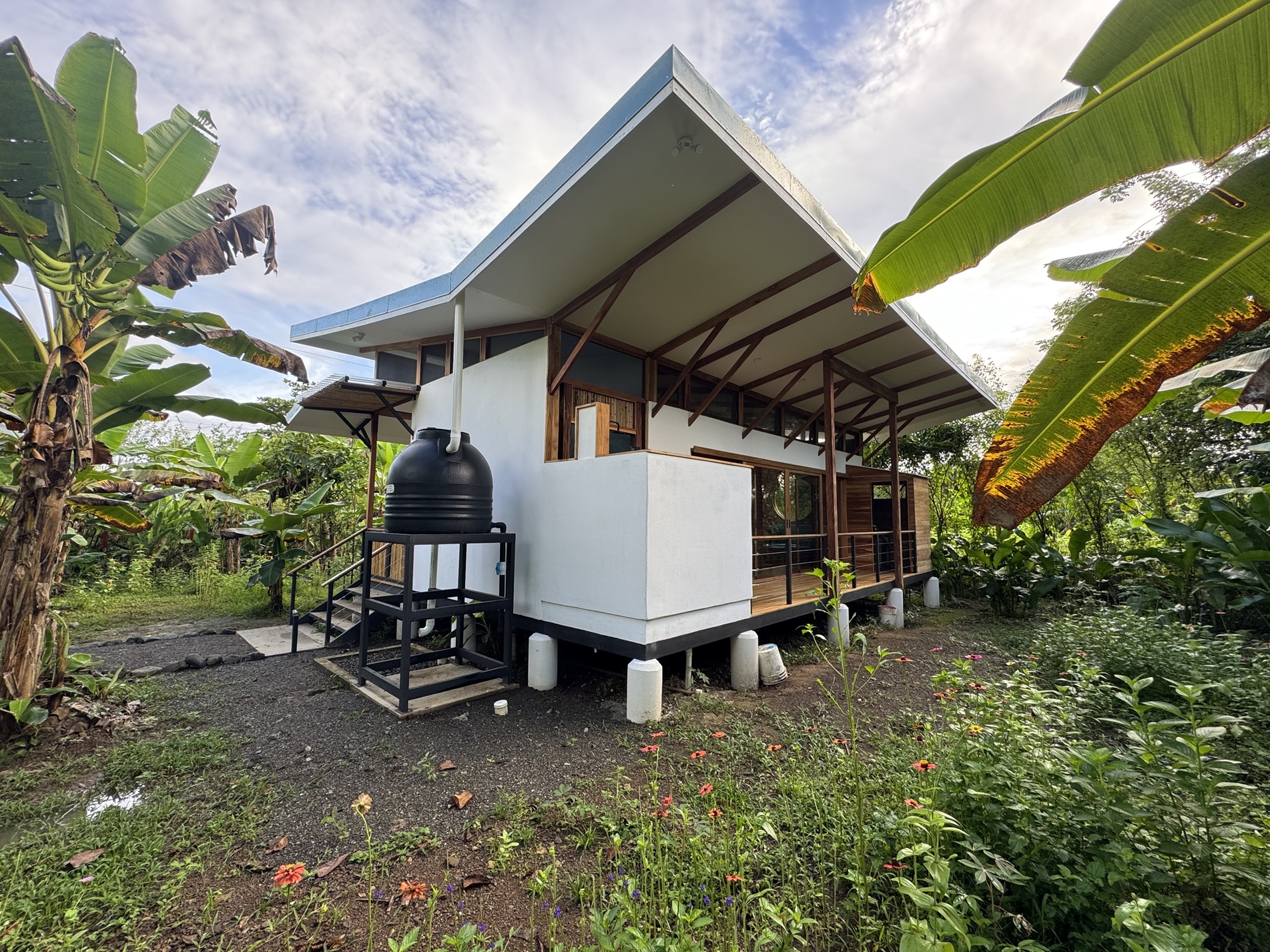
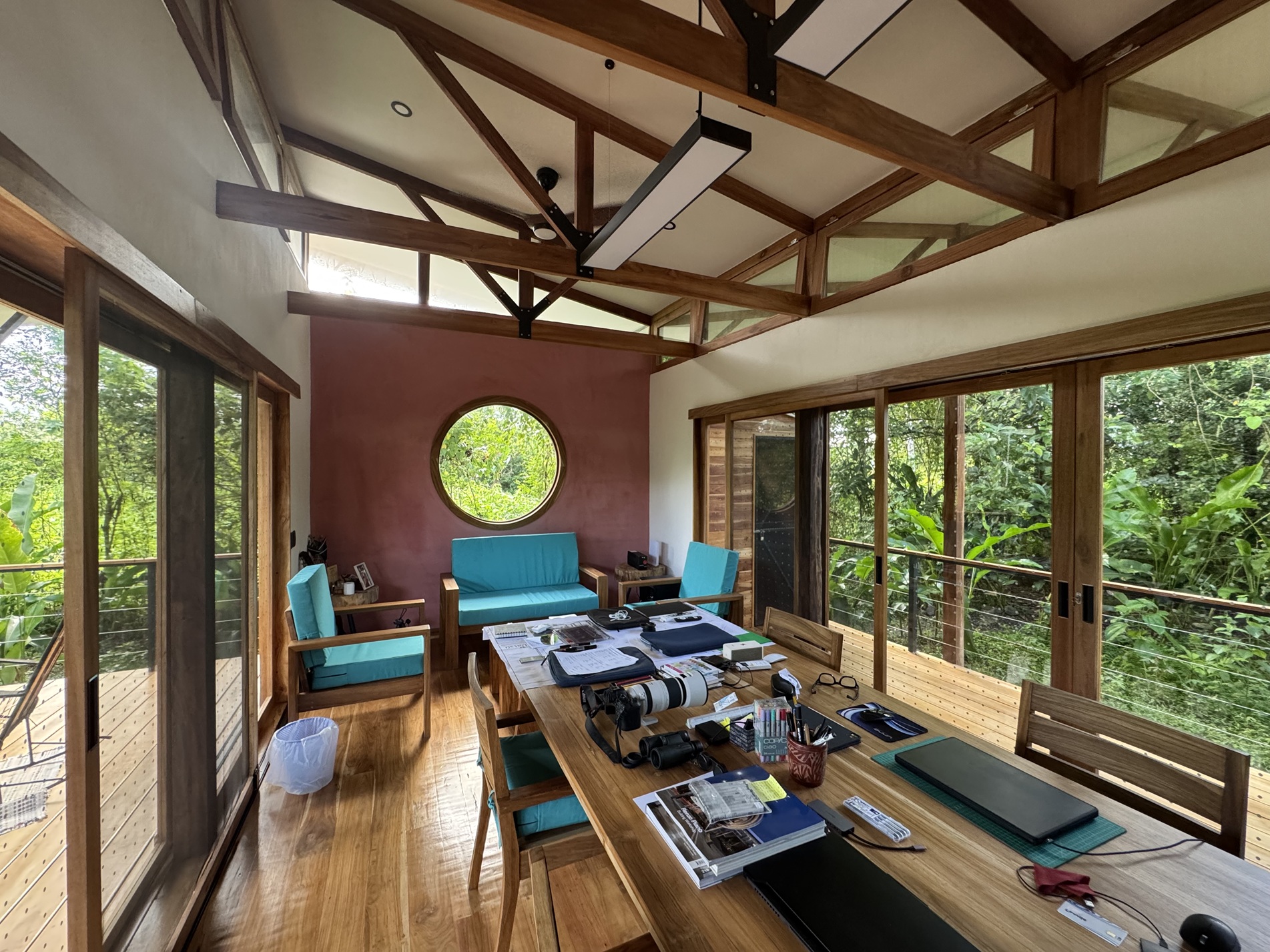
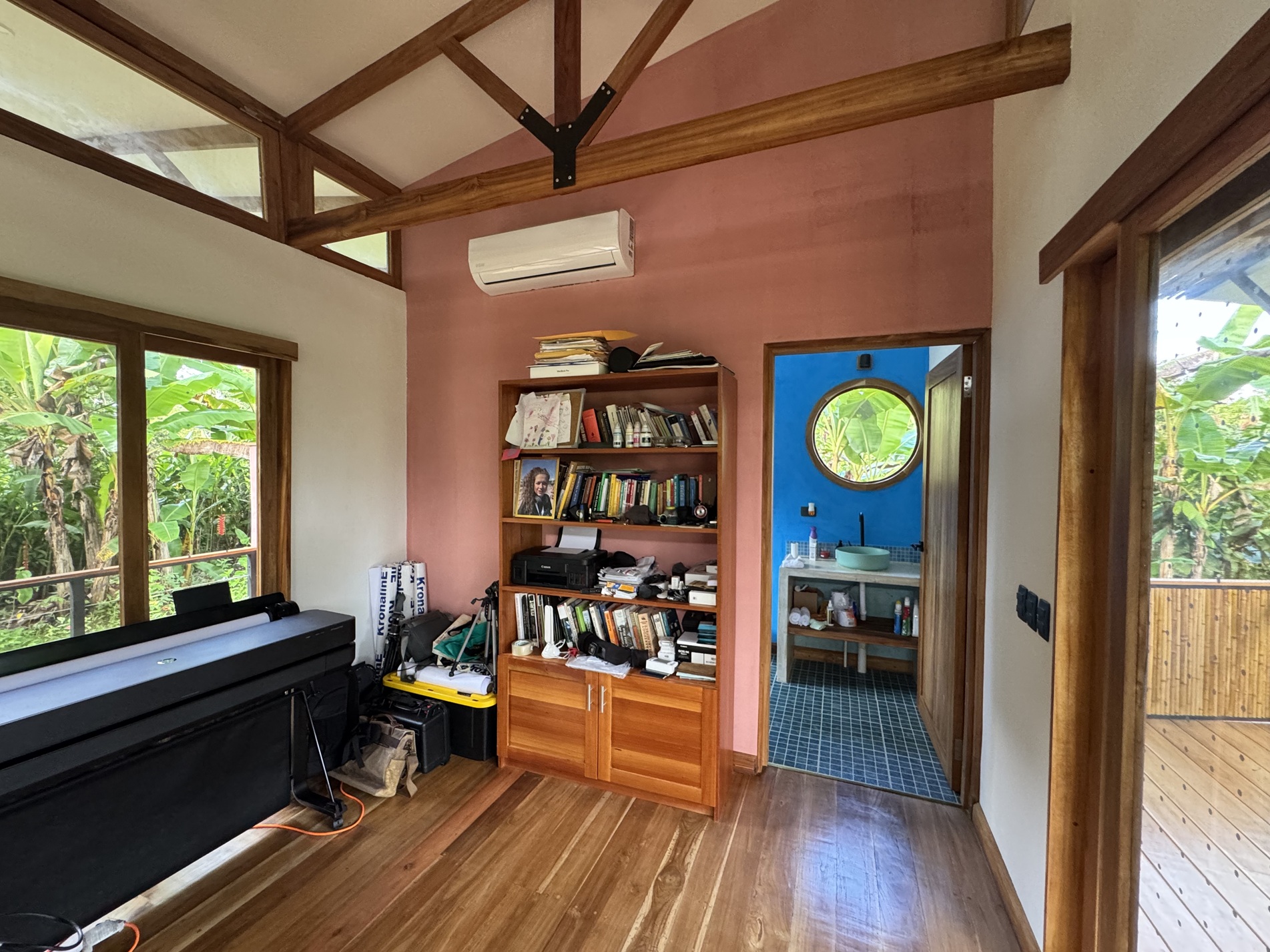
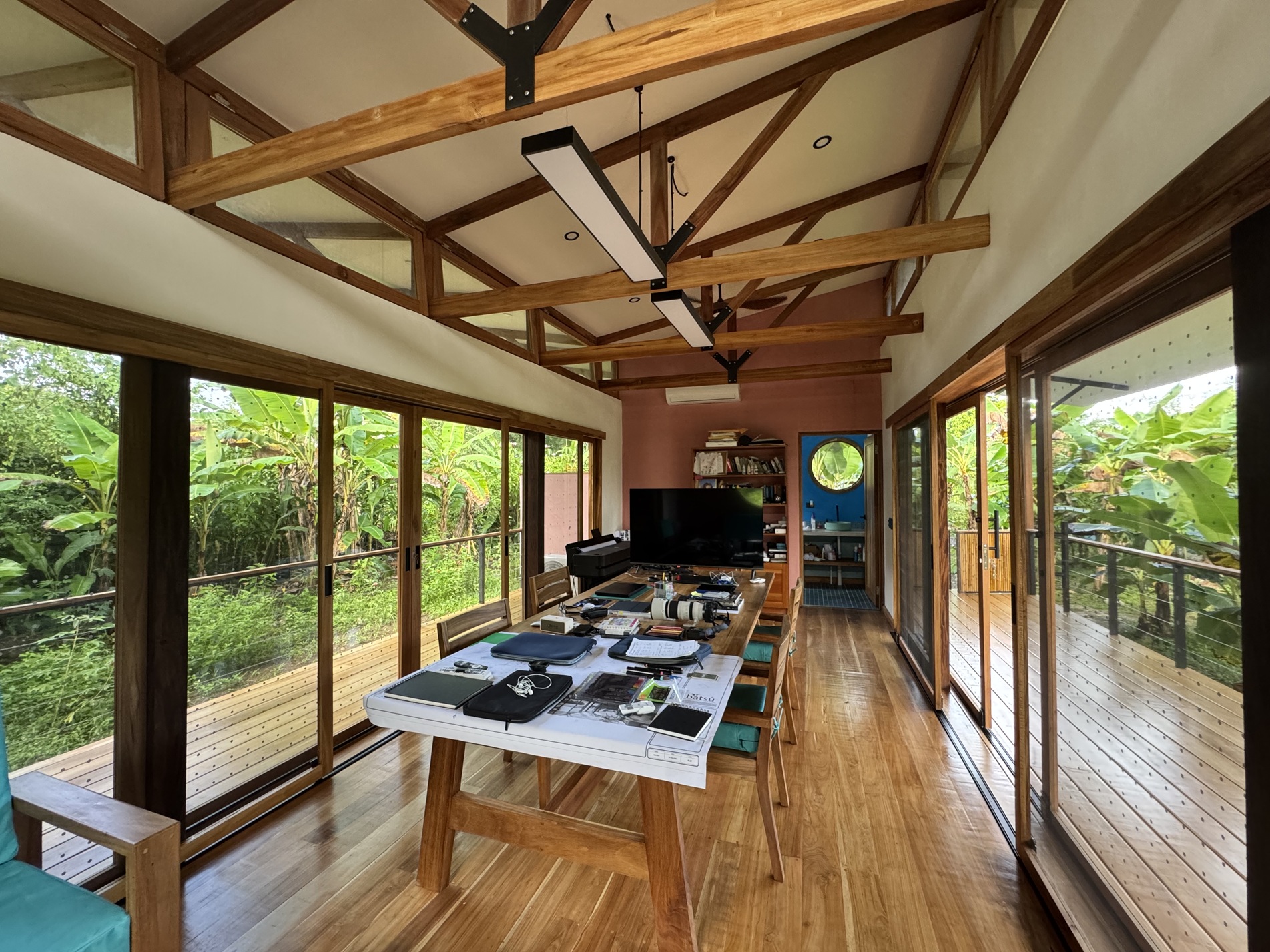
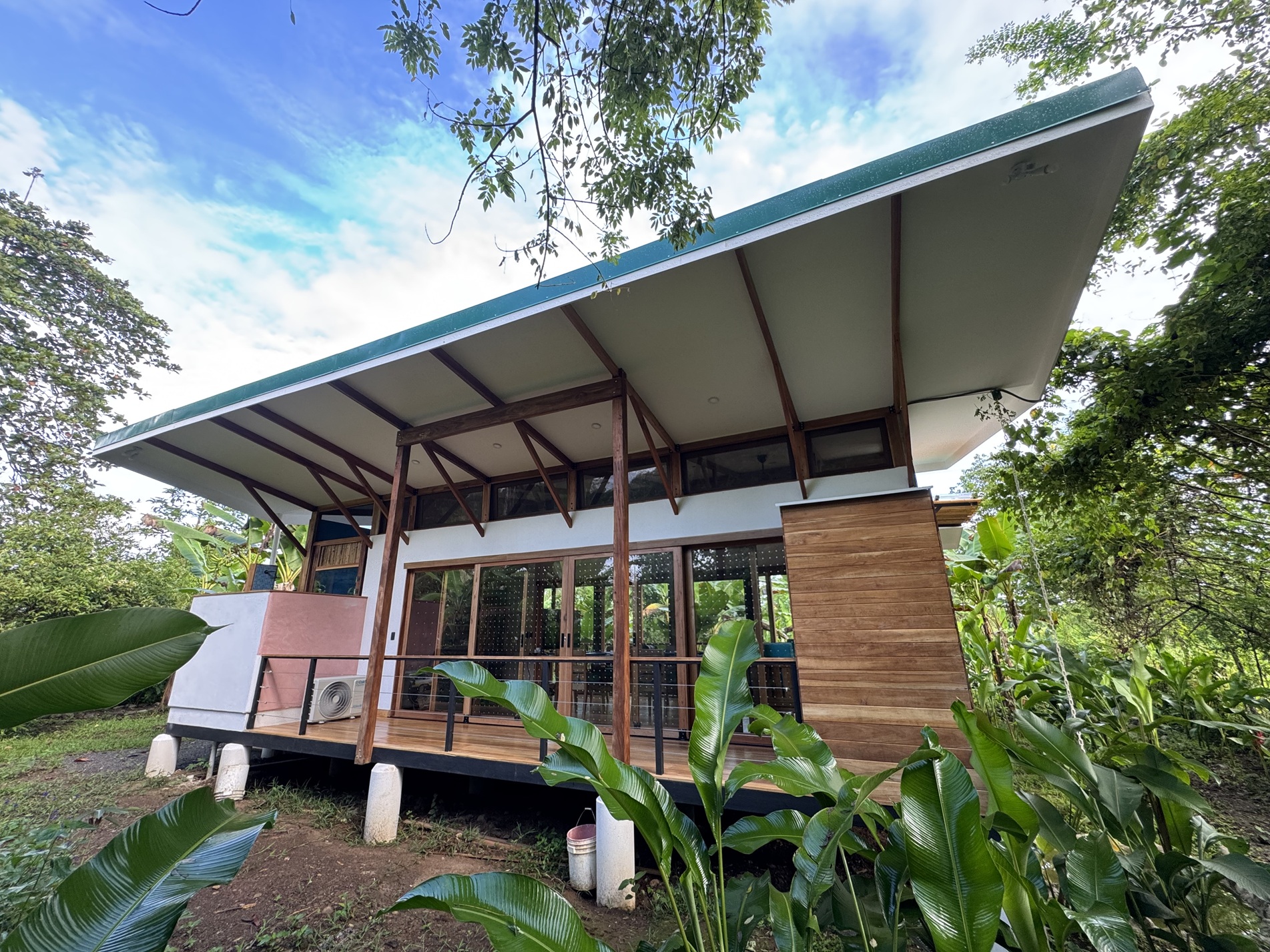












A Modern Bahareque Building
This project is the fruit of over twelve years of research into earthen construction—
a long journey of trial and error,
where patience walked hand in hand with the learning curve.
What now stands is a modern testament to sustainability,
a structure shaped by intuition, nature, and craft.
The following are some of the strategies that breathe life into this space:
